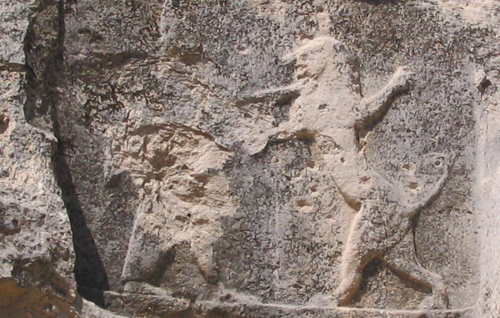You are seeing an unstyled version of this site. If this is because you are using an older web browser, we recommend that you upgrade to a modern, standards-compliant browser such as FireFox [http://www.getfirefox.com/], which is available free of charge for Windows, Mac and Linux.

The so-called "Neo-Babylonian Dynasty" was founded by Nabopolassar [http://oracc.museum.upenn.edu/ribo/babylon7/rulers/nabopolassar/index.html], a self-proclaimed "son of nobody" who brought the once-great Assyrian Empire [http://oracc.museum.upenn.edu/rinap/neoassyrianhistoryoverview/index.html] to an end. Under the five kings who reigned after him, especially his son and immediate successor, the famous Nebuchadnezzar II [http://oracc.museum.upenn.edu/ribo/babylon7/rulers/nebuchadnezzarii/index.html], Babylon regained its former glory. Numerous officially commissioned records of the deeds of Nabopolassar [http://oracc.museum.upenn.edu/ribo/babylon7/rulers/nabopolassar/index.html], Nebuchadnezzar II [http://oracc.museum.upenn.edu/ribo/babylon7/rulers/nebuchadnezzarii/index.html], and their successors, in particular the dynasty's sixth and last ruler Nabonidus [http://oracc.museum.upenn.edu/ribo/babylon7/rulers/nabonidus/index.html], were unearthed at the very beginning of the twentieth century, when a German team of archaeologists led by Robert Koldewey excavated sections of the legendary ancient city of Babylon, the fame of whose temple-tower is well-known from the Bible and Classical sources. This website presents some of the royal inscriptions of the six kings of Babylon who ruled southern Iraq from 625 BC to 539 BC, together with a few resources and materials for their study and their historical context.
RIBo, a sub-project of the Munich Open-access Cuneiform Corpus Initiative (MOCCI), publishes in a single place easily accessible and annotated (lemmatized) editions of Akkadian and Sumerian royal inscriptions from Babylonia that were composed between 1157 BC and 64 BC. The corpus of edited texts in this RIBo sub-project ("Babylon 7") presently includes:

